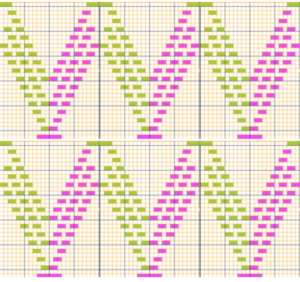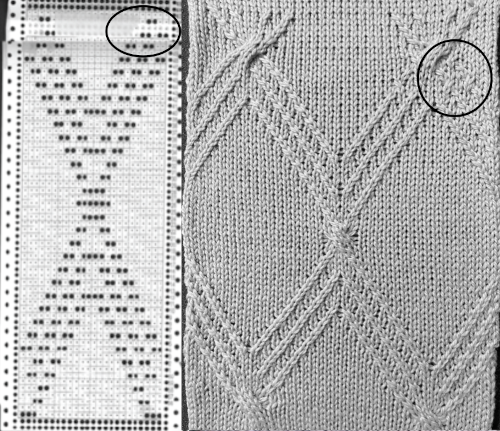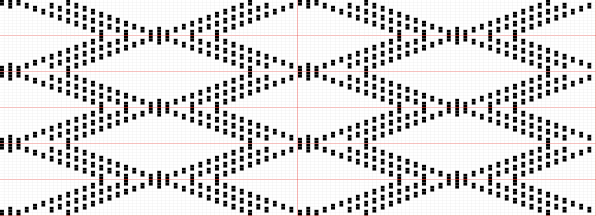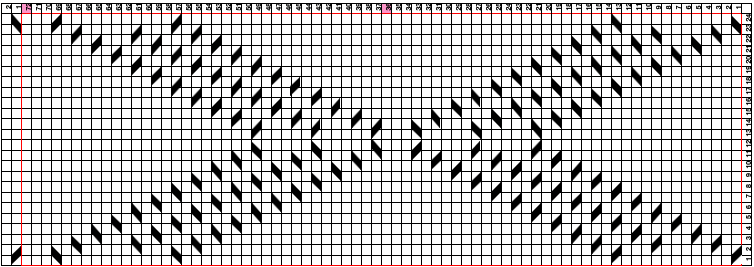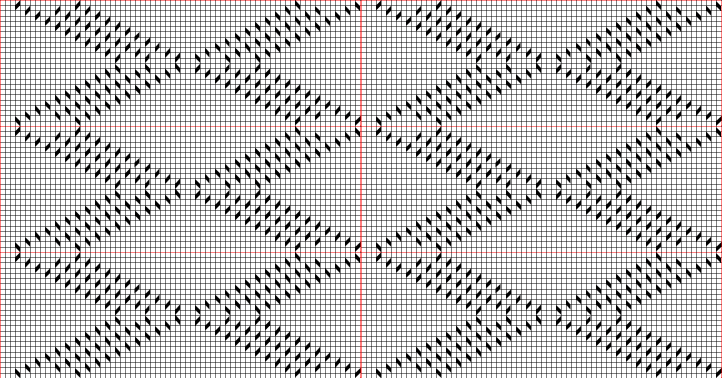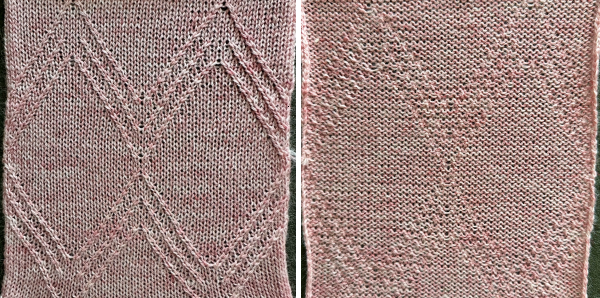I live in the East Coast of the United States.
In the 80s there used to be a yearly machine knitting seminar that was fairly well attended. There were droves of machine knitting publications. Susan Lazear, the founder of Cochenille, was just beginning to develop her knit design software ideas on the Amiga Computers, and a fellow Californian, who happened to be Japanese, used to travel here with the Pandora box of foreign knit magazines. At the time translating knits from one language to another amounted to guesswork and some leaflets. Subsequently, there were fliers, then articles, and even books on translating from Japanese to English and multiple language translations for knits and crochet.
One year there was a “Guess how this was done and you get a prize contest” for a technique appearing on a sweater with only Japanese instructions. The design was dubbed wisteria by some, has been reincarnated as a trim, insertion, bandings on sleeves and cardigans, and is beginning to reappear in magazines now again.
Here is one method for this “horizontal cable” created by short rowing across the width of the fabric. Brother machine needle positions are A, B, D, and E, and a lever sets KH for holding in both directions Studio needle positions follow the alphabet, and Russel levers on each side must be set for holding. The directions below are for Brother.
Reminder: when the machine is set for holding the needles in B or D position knit, needles pushed out to E will not knit. Weight is used as needed, watch for dropped stitches particularly along the edges of the sections as the rows of knitting are built up.
1.cast on the desired number of stitches knit several rows at garment tension, end COR (Carriage on Right)
2.COR, set the carriage not to knit needles in HP (hold position)
3.leave 6 needles at the right of knitting in WP (work position), push the remaining needles out to HP (hold position)
4.knit 10 rows over the 6 stitches, ending COR
5.push back 3 needles to D position at the LEFT of the 6 needles now in WP
6.knit one row from right to left (9 needles in WP) end COL (carriage on left). Push the needles now in WP on the far right to HP; 6 needles will remain in WP
7.knit 9 rows on these 6 needles, end COR
8.repeat steps 5 through 7 across the fabric row until the last 6 needles remain. Knit 10 rows over these last 6 needles, end COL
9.set the machine to knit needles in hold (holding lever to N), knit 2 or the desired number of rows across all the needles
10.holding lever on H. Repeat the procedure from left to right, reversing the sequence.
If the sequence is not reversed a bias fabric will be created. For maximum texture use a yarn with memory ie. wool. Anything that can be “killed” by pressure or ironing will flatten considerably and yield a very different fabric.
My demo samples were made out of colors that would make them easy to find, and unlikely to get “permanently borrowed”, so none of these were studies for actual finished garments
this swatch combines a boucle and a rayon; the latter has become flattened over time
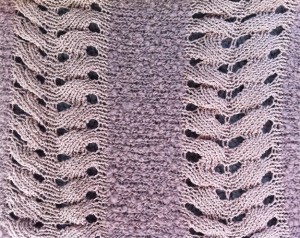
this is a wool rayon, knitting is not reversed, resulting in biasing

these samples show the same technique, applied to much larger groups of stitches
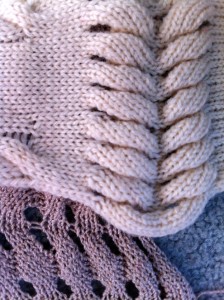


a segment of a magazine recent garment photo, no origin given as to source, appears to use the above technique
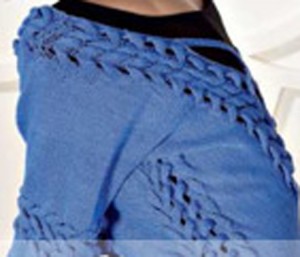
online source for patterns using this technique
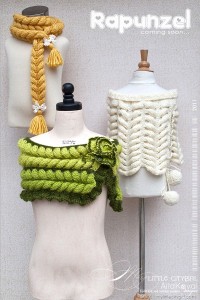
more cable like/structures/textures

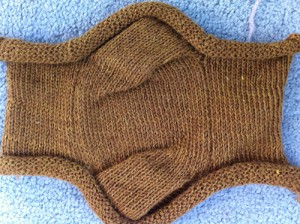
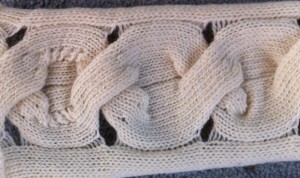
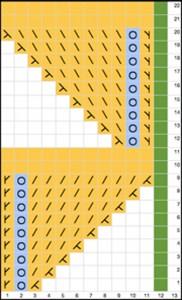
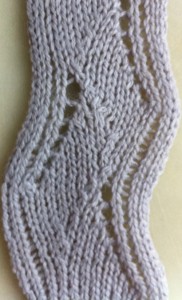

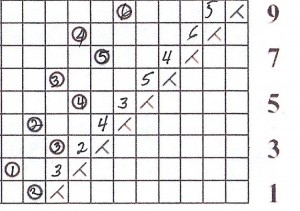
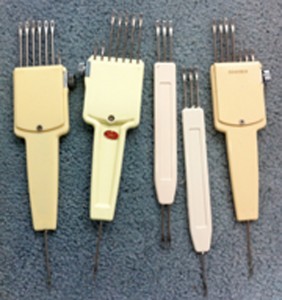
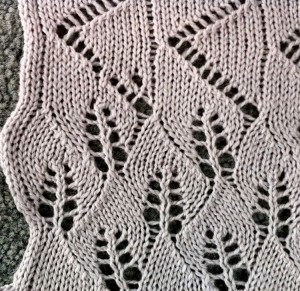

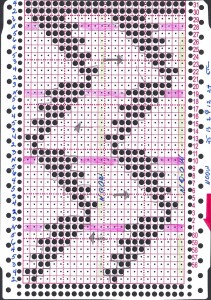
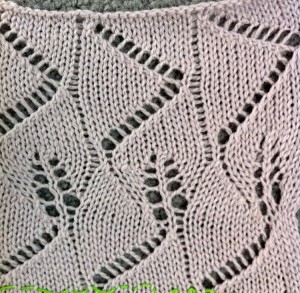
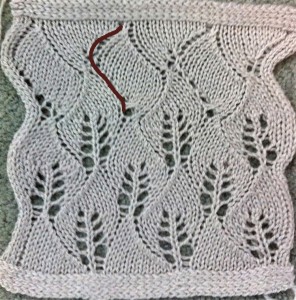


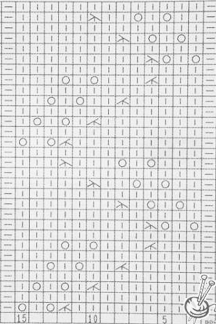

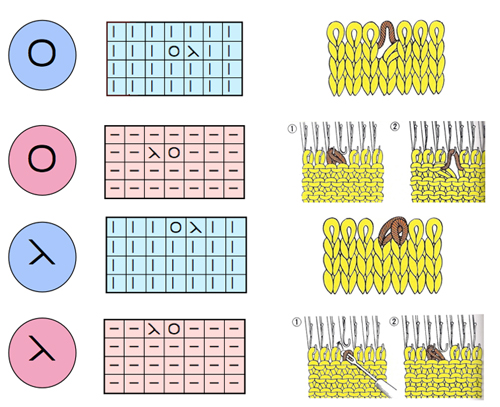

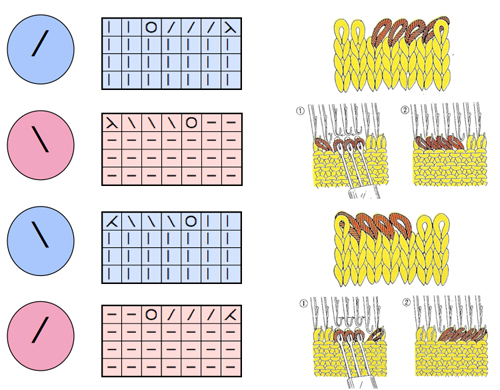
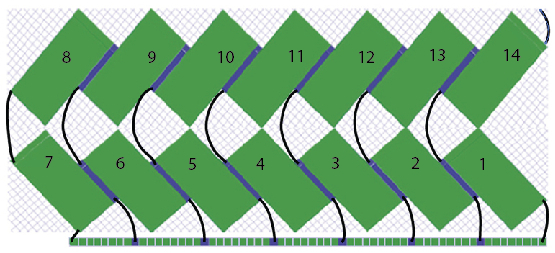 the swatch knit side, orientation as knit
the swatch knit side, orientation as knit 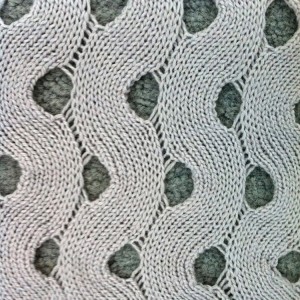 the swatch purl side, rotated 90 degrees as it would appear in a sideways knit
the swatch purl side, rotated 90 degrees as it would appear in a sideways knit 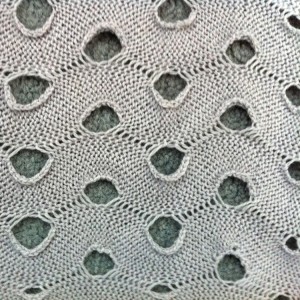 the knit tends to curl along edges to purl side as seen above, could be embellished with stitching for more contrast and color
the knit tends to curl along edges to purl side as seen above, could be embellished with stitching for more contrast and color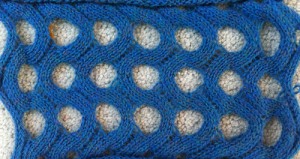
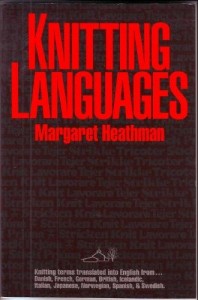





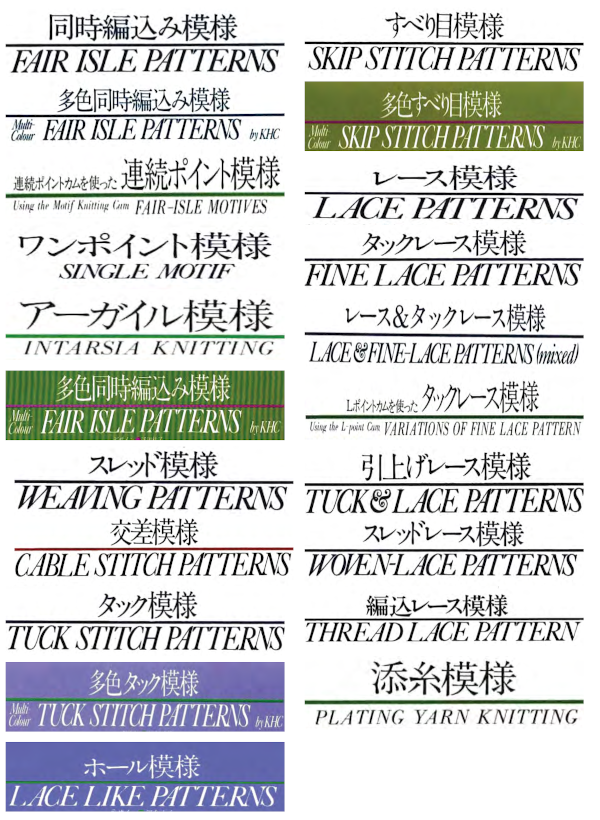










 For speed and simplicity, sometimes flat strips of knitting may be substituted for cords in some designs.
For speed and simplicity, sometimes flat strips of knitting may be substituted for cords in some designs.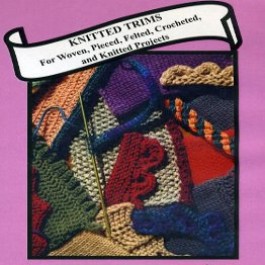
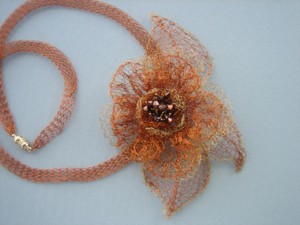 A curly cord version may be found at
A curly cord version may be found at 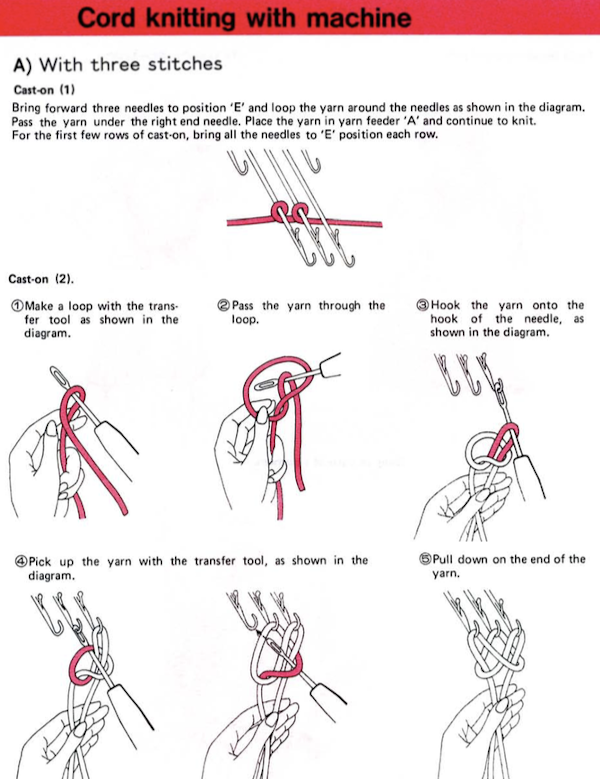

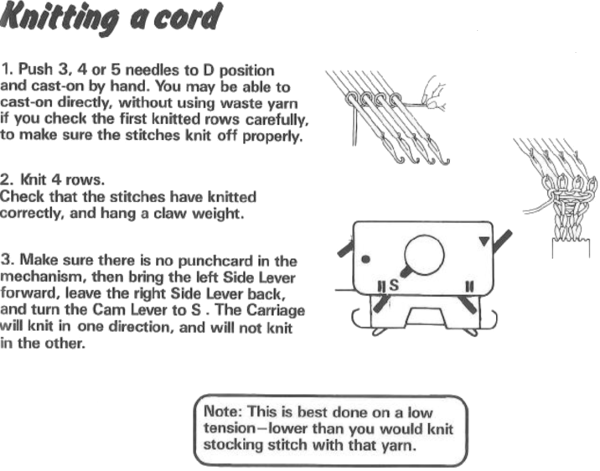
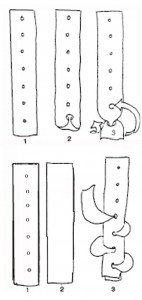
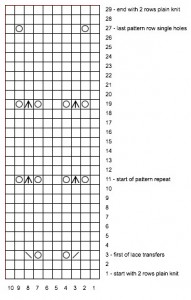
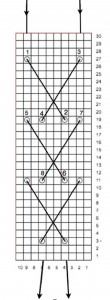


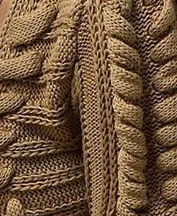





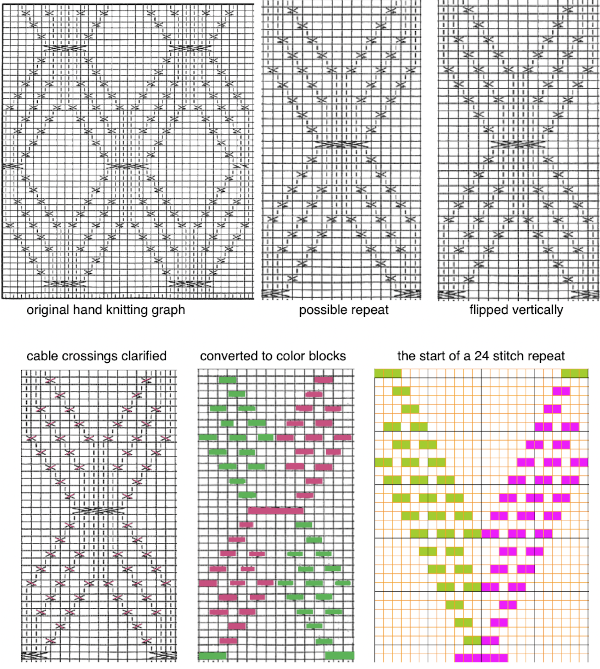 Using the card
Using the card
